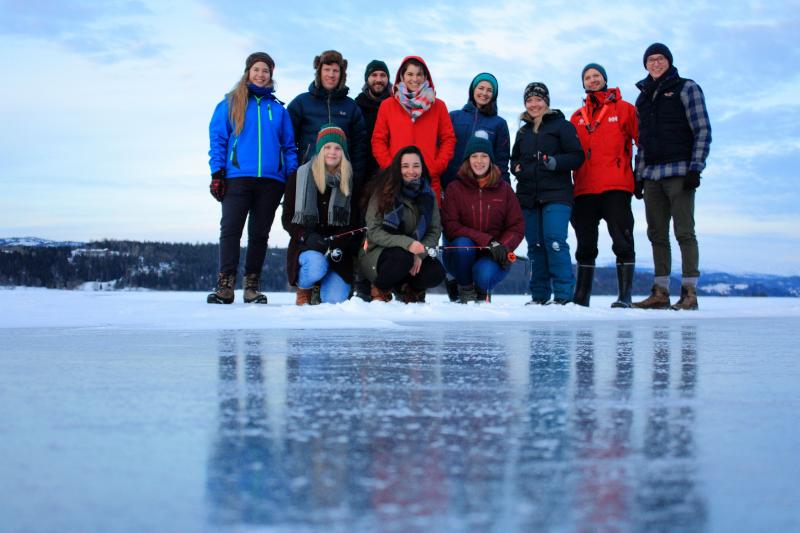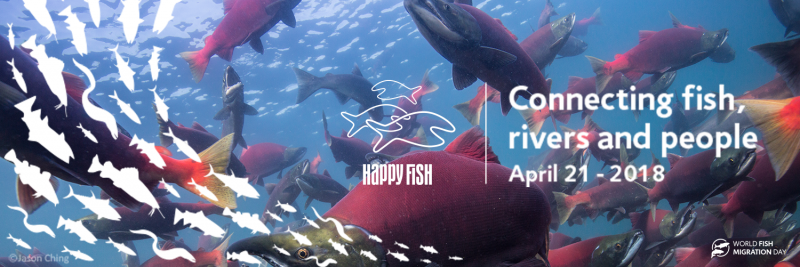In science, new questions are always arising from serendipitous discoveries. Angus Lothian tells us of some interesting data on fish predation that has come to light as a part of his PhD project at Durham University, assessing trout behaviour at fish passes.
Every year, Atlantic salmon (Salmo salar) and sea trout (Salmo trutta) undertake an upstream migration in autumn. People watch these fish ‘heavy-weights’ leap, or at least attempt to, over barriers after having already completed maybe tens of miles on their journey to and from sea. Such a migration allows the fish to use rich marine feeding areas to grow larger than they might achieve by staying in freshwater, thus increasing their fecundity or egg production for when they return to their natal rivers. But there are trade-offs. The migration between freshwater and saltwater is filled with risk, resulting in large annual mortality affecting fish populations. For example, for my MRes, I studied the emigration of salmon smolts from rivers, and their behaviour strongly reflected predator avoidance tactics.







